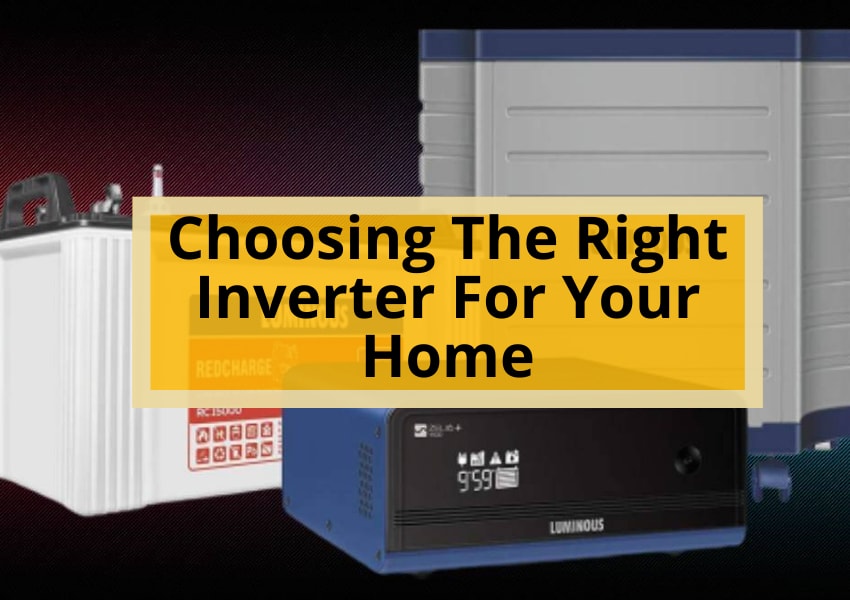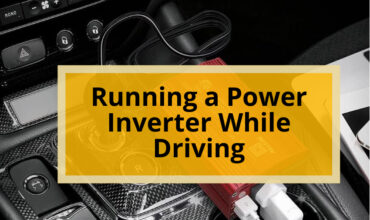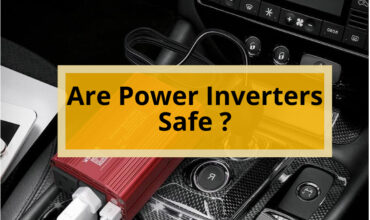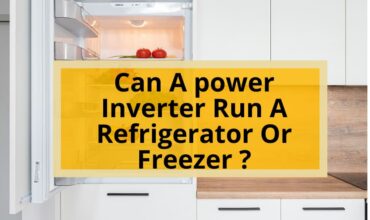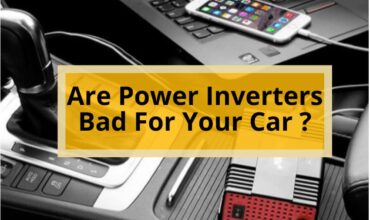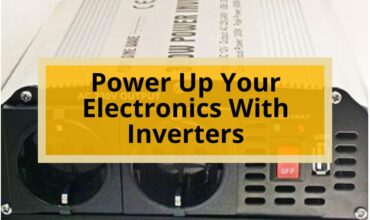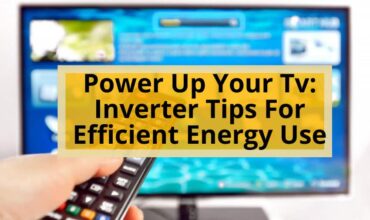When it comes to selecting an inverter for your home, one might be tempted to choose the biggest and most powerful option available. After all, a larger inverter must surely be better, right? However, this is not necessarily the case.
In reality, selecting an inverter that is too big for your needs can be just as problematic as selecting one that is too small. Thus, choosing the right inverter for your home is a crucial task that requires careful consideration and an understanding of your household’s power requirements.
To ensure that your household appliances and devices continue to operate smoothly during power outages, it is important to select an inverter that can effectively convert DC power from batteries into AC power that can be used to power your appliances. In addition, the inverter you choose should have a suitable surge rating for equipment such as air conditioners and refrigerators.
In this article, we will explore the basics of inverter sizing, the different types of inverters available in the market, and the process of connecting your inverter to your battery. By the end of this article, you will have a better understanding of how to select the right inverter for your home, ensuring that your household remains powered even during times of electricity outage.
Inverter Sizing Basics
Calculating power requirements is an essential consideration in choosing the right inverter for your home. Before purchasing an inverter, the total power of household appliances should be calculated to ensure that the inverter can meet the usual power and peak/surge power requirements. The total power of the inverter should be at least 20% higher than the total power of appliances to ensure sufficient power supply.
Efficiency considerations are also crucial in determining the VA rating of the inverter. The VA rating is calculated by dividing the rated power by inverter efficiency/power factor (usually 80%-90%).
In choosing an inverter with a continuous rating, it is essential to ensure that it can handle the surge rating of equipment. The peak/surge rating is necessary for devices such as air conditioners, refrigerators, freezers, and pumps.
It is advisable to overestimate the continuous rating by 20-25% for safety purposes.
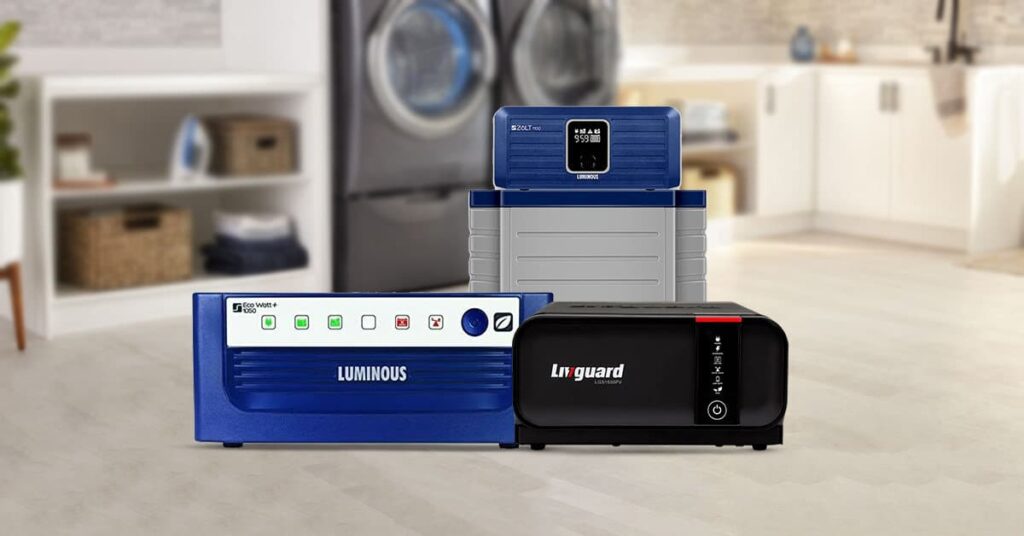
Types of Inverters
The two types of inverters commonly available for household use are modified sine wave and pure sine wave, each with their own set of advantages and limitations.
Modified sine wave inverters are the more affordable option and are capable of powering most household appliances. However, their waveform is not as smooth as a pure sine wave, which can cause some devices to operate less efficiently or even malfunction. They may also produce an audible humming noise when used with certain devices.
On the other hand, pure sine wave inverters produce a waveform that is identical to the electricity supplied by utility companies. This makes them the ideal choice for sensitive electronic devices such as computers, televisions, and medical equipment. Pure sine wave inverters also tend to have a longer lifespan and produce less heat, which can help prolong the life of connected devices. However, they are typically more expensive than modified sine wave inverters and may not be necessary for all households or devices.
also read : Don’t Be Left In The Dark: Service Your Generator
Connecting Inverter to Battery
Connecting an inverter to a battery involves ensuring that the cable length is appropriate for the distance between the two, using the thickest wire available, and linking directly to the battery for inverters with a power rating over 300 watts.
The cable length should be kept as short as possible to reduce the voltage drop and power loss during transmission.
To maximize battery life, proper maintenance of both the battery and inverter is essential. It is recommended to check the battery regularly for any signs of damage or corrosion, and replace it if necessary.
Similarly, the inverter should be kept clean and free from dust and debris.
Proper maintenance of the battery and inverter can ensure their longevity and optimal performance. Inverters that are not properly connected to the battery or maintained can result in reduced power output and potential safety hazards.
It is crucial to use the appropriate cable sizes and ensure that the connection between the battery and inverter is secure.
By following these guidelines, homeowners can ensure that their inverter and battery are working efficiently and effectively, providing them with reliable backup power during an outage.
Frequently Asked Questions
Can I use an inverter to power my entire home during a power outage?
An inverter can be used for home backup during a power outage, but the inverter capacity must be sufficient to support essential appliances. The capacity depends on the total power required by household appliances and the peak/surge power needed by devices like air conditioners and refrigerators.
What is the difference between a pure sine wave inverter and a modified sine wave inverter?
The difference between pure sine wave and modified sine wave inverters is that the former produces a cleaner and smoother output, while the latter is cheaper but has limitations. Pros and cons of each depend on specific applications.
How long will a battery keep an inverter running during a power outage?
The battery lifespan of an inverter during a power outage depends on the type and size of battery used. Typically, a battery can keep an inverter running for half an hour to a few hours, depending on the duration of the power outage.
Can I use an inverter with solar panels to power my home?
While using an inverter with solar panels to power a home has benefits, such as reducing reliance on the grid, drawbacks include the need to choose the right battery for the system. Proper research and calculation of power needs are crucial.
Can I connect multiple batteries to my inverter for longer run times?
Multiple batteries can be connected to an inverter to increase backup capacity. The number and type of batteries needed depend on the inverter’s capacity and the desired runtime. Proper wiring and charging methods are necessary to prevent damage and ensure safety.
